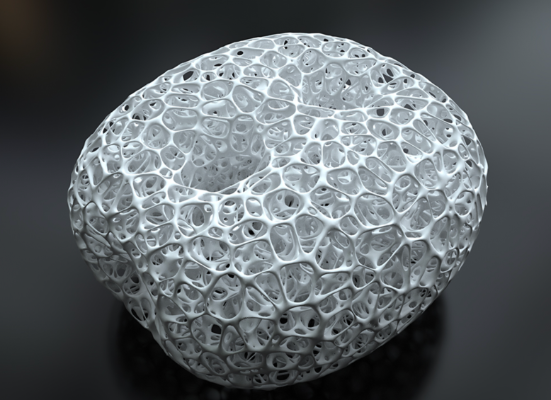Voronoi (exploring) - AI SL 3.6
Keywords
| Voronoi diagrams | ボロノイ図 | 보로노이 다이어그램 | 沃罗诺伊图 |
| Partitioning a plane | 平面の分割 | 평면 분할 | 平面分割 |
| Distances | 距離 | 거리 | 距离 |
| Voronoi regions | ボロノイ領域 | 보로노이 영역 | 沃罗诺伊区域 |
| Perpendicular bisectors | 垂直二等分線 | 수직 이등분선 | 垂直平分线 |
| Delaunay triangulation | ドロネー三角測量 | 델로네 삼각분할 | Delaunay三角剖分 |
| Factual Questions | Conceptual Questions | Debatable Questions |
| What pattern do you notice when you move a single point within its Voronoi cell? | How do the concepts of Voronoi diagrams illustrate the principles of spatial distribution? | Is the Voronoi diagram always the most efficient method for planning logistics and service distributions? |
| How does the addition of a new point alter the existing Voronoi cells? | What implications does the shape and size of Voronoi cells have on the understanding of proximity and area coverage? | Can Voronoi diagrams account for the complexity of real-world service areas which may not be homogenous in nature? |
| Can you create a scenario where moving one point affects the cells of points that are not its immediate neighbors? | How does the arrangement of points in a straight line affect the configuration of Voronoi cells? | What challenges arise when using Voronoi diagrams to model densely populated areas in urban planning? |
| Investigate the minimum distance two points can have between them before their cells touch. What does this tell you? | Explore the potential real-world applications for a balanced distribution where Voronoi cells are of equal size and shape. | How equitable can Voronoi diagrams be in resource distribution when applied to diverse socioeconomic landscapes? |

Voronoi Diagrams in Action
Mini-Investigation: Voronoi Diagrams in Action
Objective:
To understand the dynamics of Voronoi diagrams by manipulating points within a plane and observing the resulting partitioning of the space.
Questions:
1. What pattern do you notice when you move a single point within its Voronoi cell?
2. How does the addition of a new point alter the existing Voronoi cells?
3. Can you create a scenario where moving one point affects the cells of points that are not its immediate neighbors?
4. Explore the impact of having points form a straight line. How do the Voronoi cells arrange themselves?
5. Investigate the minimum distance two points can have between them before their cells touch. What does this tell you about the density of points in a given area?
6. Create a configuration where one Voronoi cell is much larger than the others. Discuss possible real-world implications of this distribution.
7. Challenge: Determine how to place points so that all Voronoi cells are roughly the same size and shape. What applications can you think of for such a balanced distribution?
Activity:
Simulate a delivery service by placing points representing delivery hubs on the diagram. Experiment with the number and location of hubs to find the most efficient coverage for the area. Discuss how Voronoi diagrams can aid in strategic planning for logistics and service area distributions.
![[MAI 2.18] VORONOI DIAGRAM.pdf](https://www.geogebra.org/resource/rj62x8u6/JjOvD05LIcu1AotW/material-rj62x8u6-thumb.png)
![[MAI 2.18] VORONOI DIAGRAM_solutions.pdf](https://www.geogebra.org/resource/m2qbktph/z3vuErrnzcKc327D/material-m2qbktph-thumb.png)
